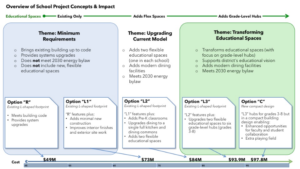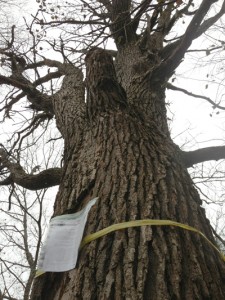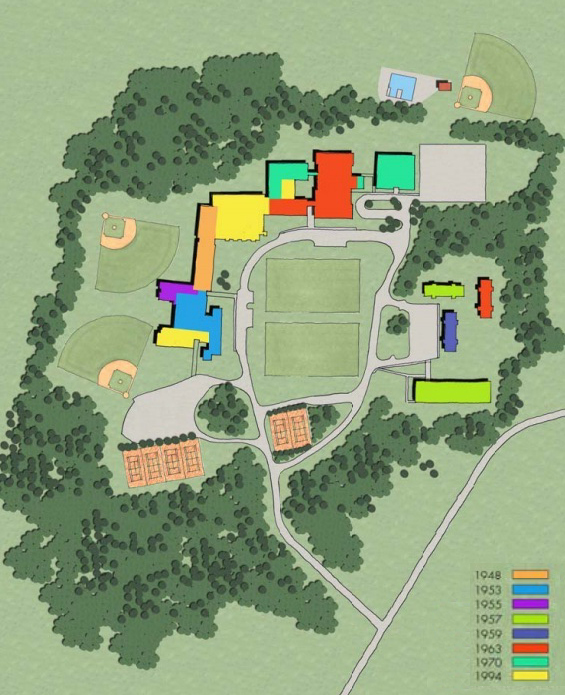Some updates on the June 9 Special Town Meeting on the school project:
A new view of the options
The image at right shows the five design concepts showing their estimated price tags and the incremental educational and physical features of each.
Construction phasing
If one of the “L” concepts is chosen, construction will take place in two 18-month phases. In the first phase, half the children will move into temporary classrooms while renovation occurs in one part of the building,. In the second phase, they will trade with the the other half of the student body while the rest of the building is renovated.
If Option C is chosen, only grades 4–8 will be in temporary classrooms while the Brooks portion of the school is worked on, and grades K-3 will remain in Smith. The project will take place over 24 months, with another eight to nine months for demolition of 73,000 square feet and construction of the second smaller gym in the Smith portion.
Understanding hubs
Watch this video of Hanscom Middle School faculty talking about the impact of grade-level hubs (or breakout spaces, as they’re called at Hanscom) and the difference they’ve made for teaching and learning in the building that opened in 2016.
Child care available during meeting
LEAP has generously offered to provide child care to the community on Saturday, June 9 so parents can attend the Special Town Meeting on the school building design vote that begins at 9:30 a.m. The LEAP coverage will be from 9 a.m.–3 p.m. The cost per child is $20, payable in cash on June 9. Children must be at least kindergarten age. Parents need to pack a lunch for their children; LEAP will provide snacks.
Please fill out this online registration form with your child’s name, age, and parent contact information as well as any allergies. LEAP has maximum capacity for 100 children and will fill up on a first-come, first-served basis, so please register in advance. LEAP will publish a schedule of the day’s activities ahead of time.Questions? Email leap0615@gmail.com.
Last public meetings before the vote
- The last School Building Committee meeting before June 9 will be on Wednesday, May 30 at 7 p.m. in the Hartwell multipurpose room.
- There will be community forums on Thursday, May 24 at 11 a.m. at The Commons and Friday, June 1 at 8:15 a.m in the Lincoln School story room.
Voter registration
The deadline to register to vote at the Special Town Meeting is Wednesday, May 30. Check your registration status here. Register online or in person in the Town Clerk’s office from 8:30 a.m.–4:30 p.m.







